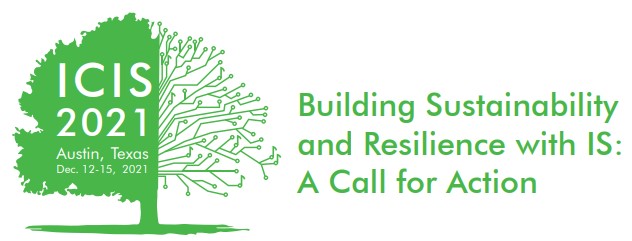User Behaviors, Engagement, and Consequences
Loading...
Paper Number
2619
Paper Type
Completed
Description
People often exhibit present-biased preferences where they tend to give more weight to gratification or costs that are closer to the present when completing a challenging task. One plausible approach to tackle this problem is to divide the whole task (program) into several small chunks, termed microtasking in our paper. Yet, it is far from clear when the microtasking strategy is helpful and how to design the microtasks under different settings. Our paper aims to fill these gaps by investigating when the firm should adopt the microtasking strategy and how to decide the optimal dividing and pricing of the program. We find that when the initial growth rate of the diminishing-return program is very low, the firm should make the starting microtask relatively easy to complete. Interestingly, our results show that microtasking cannot always benefit the firm when the initial growth rate of the diminishing-return program is not very low.
Recommended Citation
Gao, Yi; Guo, Hong; Liu, Dengpan; Liu, De; and Zhao, Xuying, "Present Bias and Microtasking" (2021). ICIS 2021 Proceedings. 29.
https://aisel.aisnet.org/icis2021/user_behaivors/user_behaivors/29
Present Bias and Microtasking
People often exhibit present-biased preferences where they tend to give more weight to gratification or costs that are closer to the present when completing a challenging task. One plausible approach to tackle this problem is to divide the whole task (program) into several small chunks, termed microtasking in our paper. Yet, it is far from clear when the microtasking strategy is helpful and how to design the microtasks under different settings. Our paper aims to fill these gaps by investigating when the firm should adopt the microtasking strategy and how to decide the optimal dividing and pricing of the program. We find that when the initial growth rate of the diminishing-return program is very low, the firm should make the starting microtask relatively easy to complete. Interestingly, our results show that microtasking cannot always benefit the firm when the initial growth rate of the diminishing-return program is not very low.
When commenting on articles, please be friendly, welcoming, respectful and abide by the AIS eLibrary Discussion Thread Code of Conduct posted here.



Comments
21-UserBeh